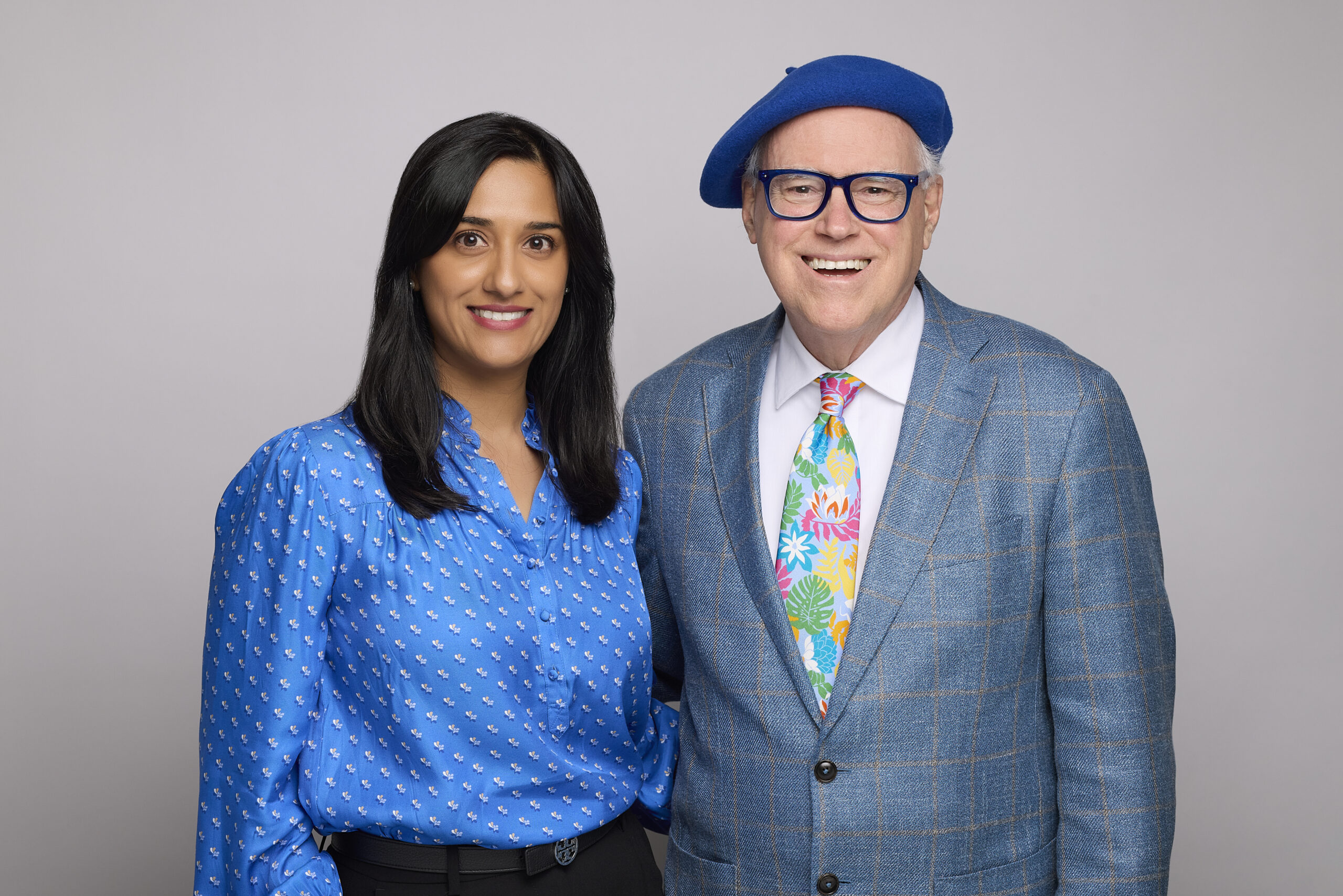Vision Therapy for BVD
Vision Challenges and Treatment Options for Binocular Vision Dysfunction (BVD)
Whether using a mobile device or desktop, we are almost constantly engaged with screens. For many, this leads to discomfort due to undiagnosed vision problems like Binocular Vision Dysfunction (BVD).
BVD happens when the eyes are slightly misaligned, causing the brain to struggle to fuse images from both eyes into one clear picture.
BVD can affect both children and adults, leading to debilitating symptoms such as headaches, blurred vision, and dizziness.
At Cook Vision Therapy, we diagnose and treat BVD through customized treatment plans that maximize vision and alleviate the symptoms associated with this condition. We treat patients in the Atlanta area, focusing on holistic solutions rather than symptom management. If your eyes are feeling off after too much screen time, or you’ve been dealing with constant discomfort, BVD might be the underlying cause.
What Is Binocular Vision Dysfunction (BVD)?
Binocular Vision Dysfunction (BVD) occurs when the eyes are slightly misaligned, causing them to work harder to focus on a single image. This misalignment leads to eye muscle strain as the brain attempts to correct the images seen by each eye. As a result, those suffering from BVD may experience a wide range of symptoms like
- Double vision
- Headaches
- Dizziness
- Blurred vision
- Motion sickness
- Eye muscle strain
BVD is often misdiagnosed because its symptoms are similar to other vision or neurological disorders. Diagnosing BVD with a specialist is critical for effective treatment.
Diagnosing Binocular Vision Dysfunction
Diagnosing BVD starts with a thorough eye exam by a vision therapy specialist. Many patients have seen multiple eye doctors without relief because BVD is often missed without targeted testing.
To accurately diagnose BVD, we conduct detailed tests, assessing how well your eyes work together. They will evaluate if the images from your two eyes reach the brain correctly and if your brain is struggling to process these images, causing BVD symptoms. The doctor may discover that your eyes have difficulty maintaining proper alignment, which is the root cause of the symptoms.
Once BVD is diagnosed, treatment often involves vision therapy. Vision therapy is a program designed to correct eye misalignment and help your brain process visual information more effectively. This non-invasive treatment focuses on exercises that retrain your eye muscles and brain to work together, reducing the discomfort caused by BVD.
Treatment Options for BVD
At Cook Vision Therapy, we create customized treatment options to lessen symptoms and improve quality of life. Depending on the severity of your BVD, we may recommend one or a combination of the following treatment options:
Vision Therapy: A program to improve eye coordination and reduce strain by training your eyes to work together, relieving BVD symptoms.
Prism Lenses: These lenses correct misalignment by adjusting how light enters your eyes, helping your brain perceive proper alignment. Many patients experience reduced symptoms or full relief.
Micro-prism Lenses: A more precise option for severe misalignment, offering better correction and relief from dizziness and headaches.
Customized Treatment Plans: We combine vision therapy and prism lenses for a tailored approach, helping you focus better and eliminate BVD symptoms effectively.
Using Prism Lenses to Treat BVD
Prism lenses trick the brain into thinking that your eyes are properly aligned. They adjust how light enters your eyes, correcting the misalignment before the images from your two eyes reach the brain. For many, this correction leads to an immediate reduction in symptoms such as dizziness, blurred vision, and headaches. Patients often experience a gradual improvement in their symptoms over time, leading to a better quality of life.
In some cases, prism lenses are incorporated into a long-term treatment plan that includes regular vision therapy exercises, ensuring the most comprehensive approach to correcting BVD.

The Benefits of Treating Binocular Vision Dysfunction
Early treatment of BVD helps prevent worsening symptoms. Prism lenses, vision therapy, and regular check-ins with an eye care specialist can eliminate BVD symptoms and restore your vision.
Many patients experience relief and return to daily activities without discomfort. The goal is to improve your vision and quality of life, whether at work or in everyday tasks.
Cook Vision Therapy: Treatment for BVD
If you’ve experienced symptoms like headaches, dizziness, or blurry vision, it could be BVD. At Cook Vision Therapy in Marietta, GA, our specialists are trained in diagnosing and treating binocular visual dysfunction. We offer a range of treatment options to help you effectively maximize your vision and eliminate the symptoms of BVD.
Book your eye exam today and take the first step towards clearer, more comfortable vision.
Check Out Our Resources
Dr. Cook’s Publications:
- Authored books VISUAL FITNESS and WHEN YOUR CHILD STRUGGLES.
- Published articles in top optometric journals.
- His article “Eyesight, infinity and the human heart” was voted “Best Non-Technical Article” by the Association of Optometric Editors.




